The Endothelium: Where Health or Disease Begins
What You Need To Know
In the last letter, we uncovered an important truth: the products you brush and rinse with don’t simply wash away. The thin tissues inside your cheeks and beneath your tongue act like sponges, allowing chemicals to enter your bloodstream quickly, without the filtration your digestive system normally provides.
But what happens once these chemicals enter the blood?
Where do they go? And what do they do?
Their first stop is one of the body’s most delicate and vital organs: the endothelium. And here is where the story of long-term health, or disease, begins.
Contents
Inflammation: The First Response
The Endothelium Explained
What Damages the Endothelium
Consequences of Dysfunction
Nutrition: The Body’s Repair Kit
From Chronic Damage to Chronic Disease
Inflammation: The First Response
To understand why the endothelium is so vulnerable, we need to start with inflammation, the body’s built-in emergency system.
Think of a house fire. When firefighters arrive, their first priority isn’t to start repairing the roof or repainting the walls - it’s to contain the flames and stop the destruction from spreading. Only once the fire is under control can the rebuilding begin.
Your body operates in the same way: it addresses the immediate danger first, then shifts into healing and repair.
1. Putting Out the Fire
When tissues are injured by microbes, chemicals, or toxins, cells release alarm signals. White blood cells rush to the scene, fibrin proteins form a protective barrier to wall off the damage, and macrophages come in to clear the debris. This short-term inflammation is fast, protective, and essential for healing.
2. Rebuilding the House
Once the fire is out, the repair crew gets to work. Collagen provides the structure, while cholesterol fills weak spots, reinforcing vessel walls. Together, they restore stability and strength. In a healthy system, inflammation stops, repairs hold, and tissues return to normal.
But what if the fire never ends?
When the Fire Keeps Burning
Chronic chemical exposure keeps the endothelium under constant attack. Inflammation never shuts off; repairs collapse as soon as they form; vessel walls gradually weaken.
This endless cycle of injury and failed repair leads to unstable plaques. This “fire that never goes out” is the true beginning of atherosclerosis, not the old story of cholesterol “clogging arteries.”
The Endothelium Explained
Now let’s get back to the main character at the center of this entire process: the endothelium. This is a paper-thin layer of cells lining every blood vessel in your body. Though only one cell thick, if stretched out, it would cover the area of several tennis courts.
Fragile as it may seem, the endothelium is one of the most powerful regulators of health that manages nearly everything in circulation. It’s responsible for:
Regulating blood pressure by telling vessels when to relax or contract.
Keeping blood flowing smoothly, preventing clots except when needed.
Releasing signals that influence organs throughout the body.
Maintaining chemical balance, including blood sugar and electrolytes.
Directing immunity, deciding when to trigger inflammation or calm it.
Think of it as the air traffic control tower of your bloodstream. When healthy, everything runs smoothly. When damaged, the entire system suffers.
What Damages the Endothelium
Every chemical that enters your bloodstream, whether from toothpaste, mouthwash, deodorant, or lotion, hits the endothelium first.
When healthy, the endothelium is smooth, letting blood flow easily. But with repeated exposure to irritants, the surface changes and becomes rough and sticky, like Velcro. White blood cells cling to it, free radicals are released, oxidative stress builds, and small injuries form.
The Consequences of Dysfunction
Over time, this constant irritation compounds until the endothelium finally reaches a breaking point called endothelial dysfunction - the earliest stage of cardiovascular disease.
Once dysfunction sets in, the vascular system begins to weaken:
Blood vessels lose flexibility and can’t relax properly, which raises blood pressure.
Arteries stiffen, making circulation less responsive and more fragile.
Small wounds remain unhealed, leaving weak spots in vessel walls.
These subtle shifts don’t cause a heart attack overnight. Instead, they quietly set the stage for hypertension, hardened arteries, and plaque formation, all rooted in chronic inflammation and endothelial injury.
Nutrition: The Body’s Repair Kit
The good news is that the endothelium isn’t doomed to permanent damage and has the ability to repair itself. But it can only do so if the body is supplied with the right building blocks.
Several key nutrients make this repair process possible:
Vitamin C - builds collagen to stabilize vessel walls.
B6, B12, folate - protect against homocysteine, a corrosive byproduct.
Vitamin D - reduces inflammation and regulates immunity.
Antioxidants (E, carotenoids, selenium, zinc) - neutralize free radicals before they worsen injury.
Unfortunately, modern diets are often stripped of these essential nutrients, replacing them with processed carbohydrates, refined oils, and chemical additives that only fuel more inflammation. Without the proper nutrients for repair, the endothelium is left defenseless.
From Chronic Damage to Chronic Disease
Daily chemical injury combined with poor nutrition locks the body in a vicious cycle: constant damage, inadequate repair, and relentless inflammation. Over time, this becomes cardiovascular disease.
This is why heart disease cannot be explained as “cholesterol clogging arteries.” Cholesterol in plaques isn’t the villain - it’s part of the repair crew. Its presence shows that the body is trying to patch damage, but under constant assault, those patches never hold.
And the effects don’t stop with the heart. Once chemicals circulate, they reach the liver, kidneys, brain, and other organs, fueling systemic inflammation and chronic disease across the body.
The Takeaway
It can feel unsettling to realize how much of our daily environment works against our health. But the other side of this truth is empowering: you have more control than you think.
Every cosmetic product you use and every meal you eat is a chance to either fuel inflammation or support repair. By removing unnecessary toxins and choosing nutrient-dense, whole foods, you give your body the tools it needs to protect and heal the endothelium.
This fragile lining may be only one cell thick, but it is incredibly resilient when given the right support. Protecting it means protecting not just your heart, but your entire body for years to come.
Coming Next
In our next issue, we’ll break down the ingredient list on your toothpaste, starting with fluoride, the one every parent needs to understand.




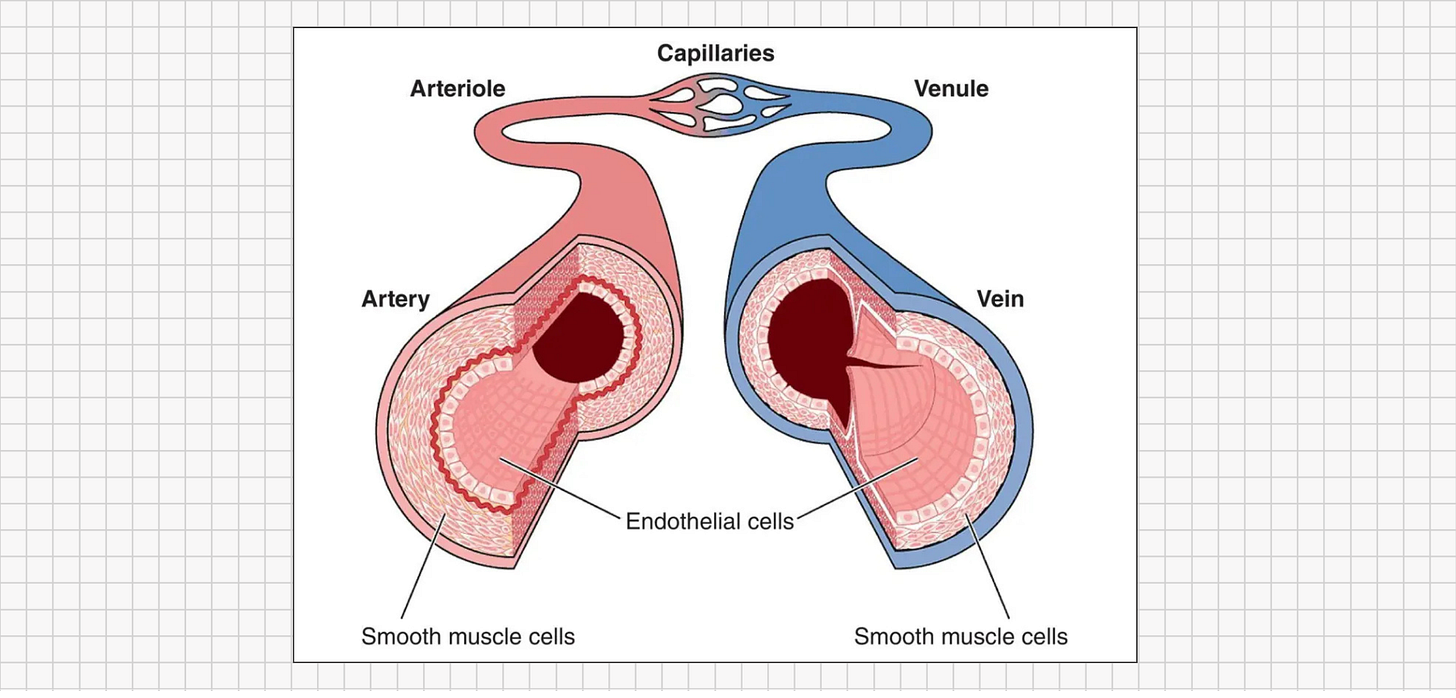
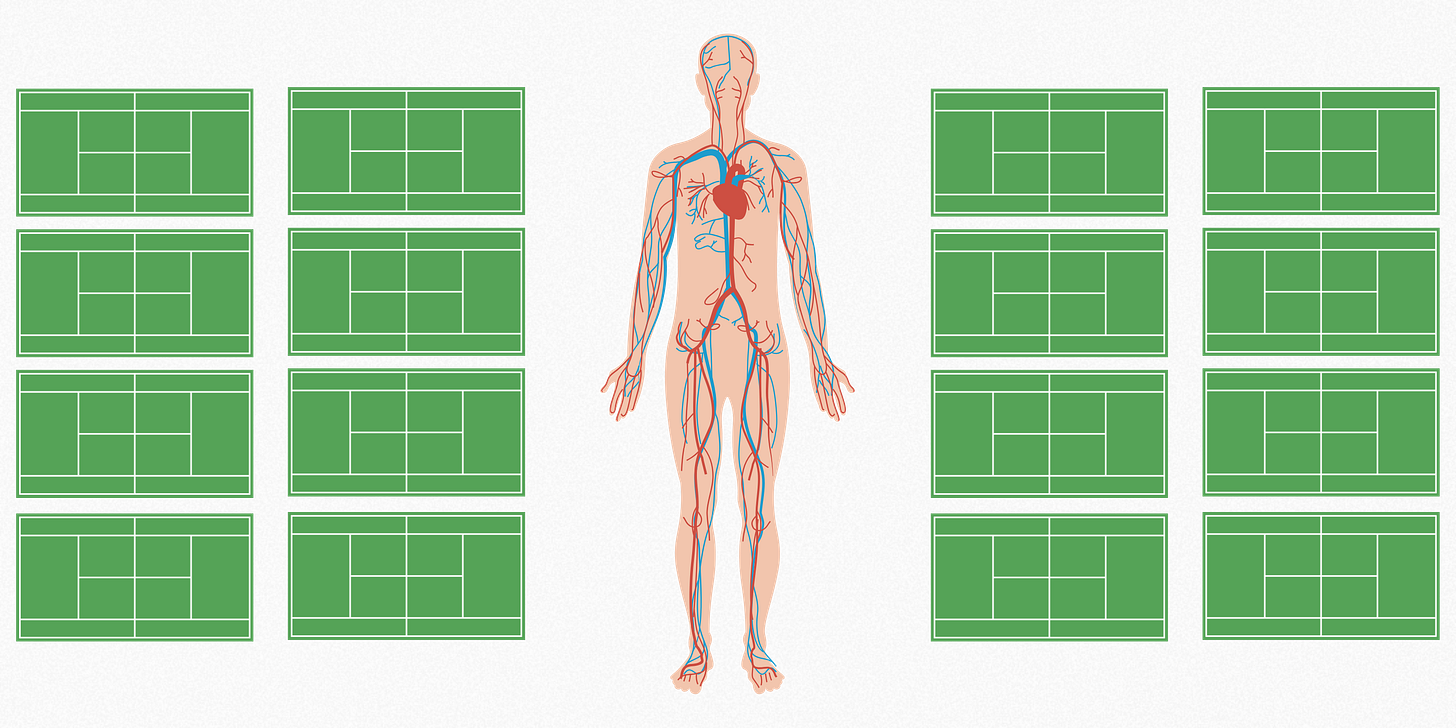
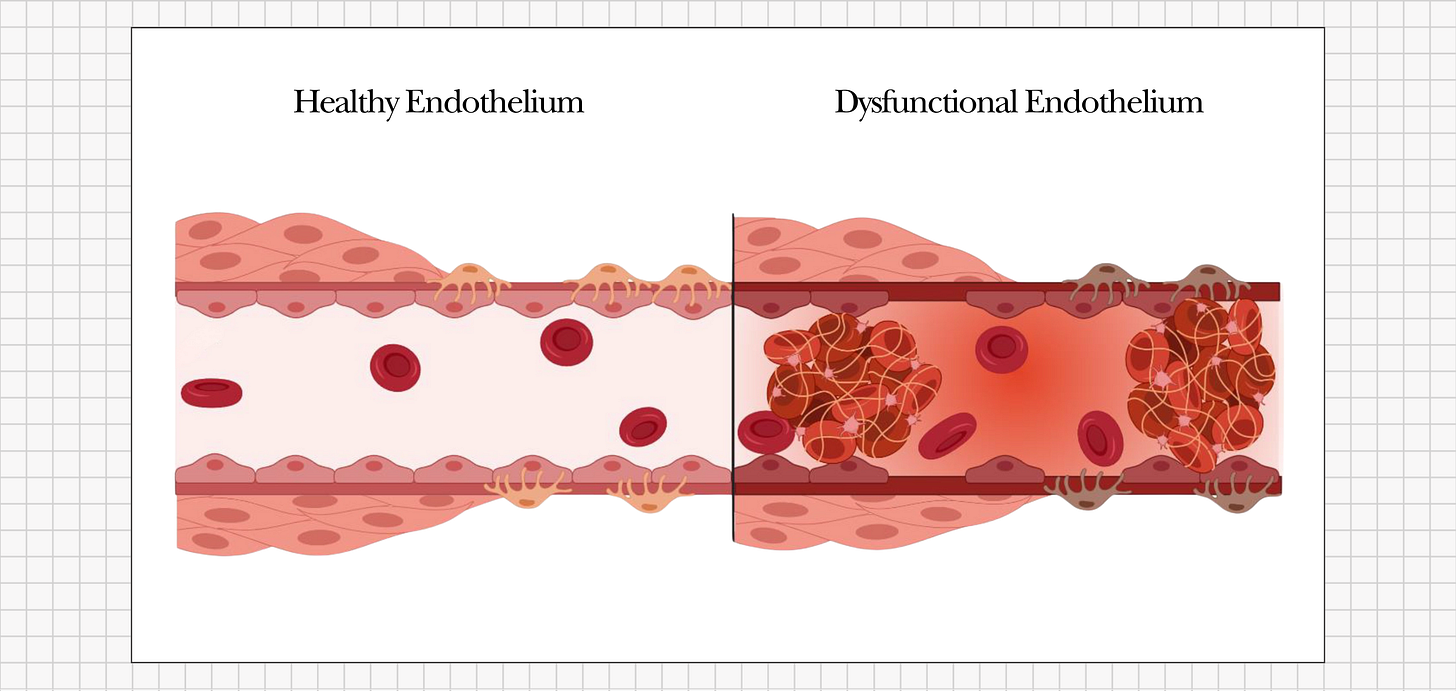
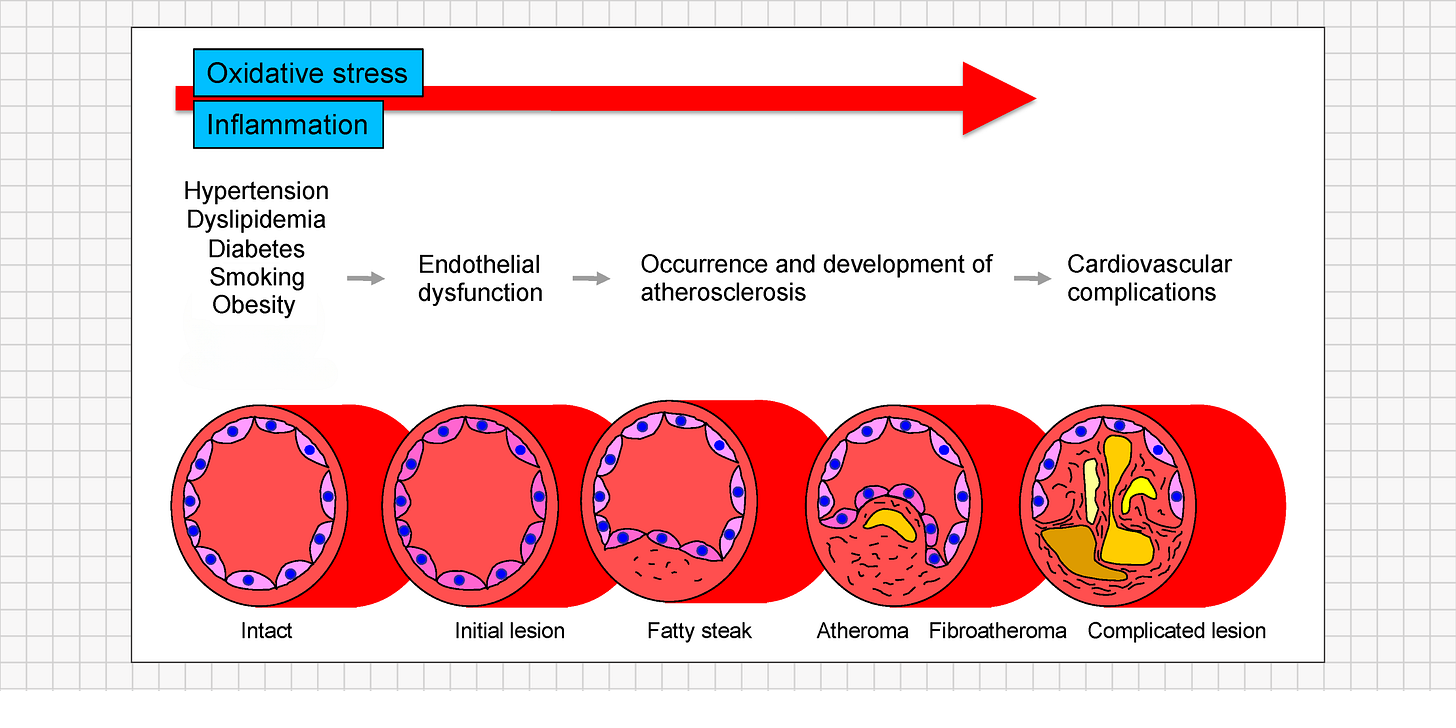
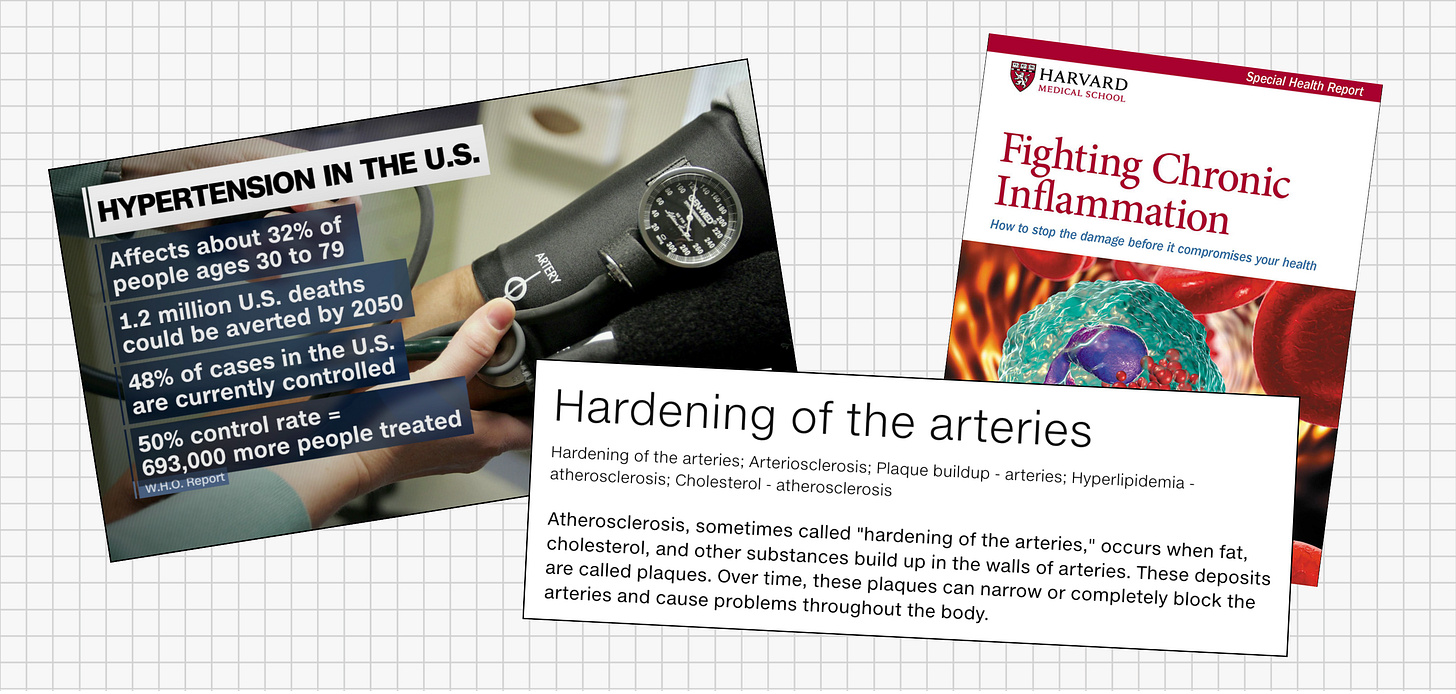
Great insight ! Never heard of the endothelium but now I will put more attention to its function in my health.
These are awesome. I can't wait to keep reading/learning!💡💪🏼